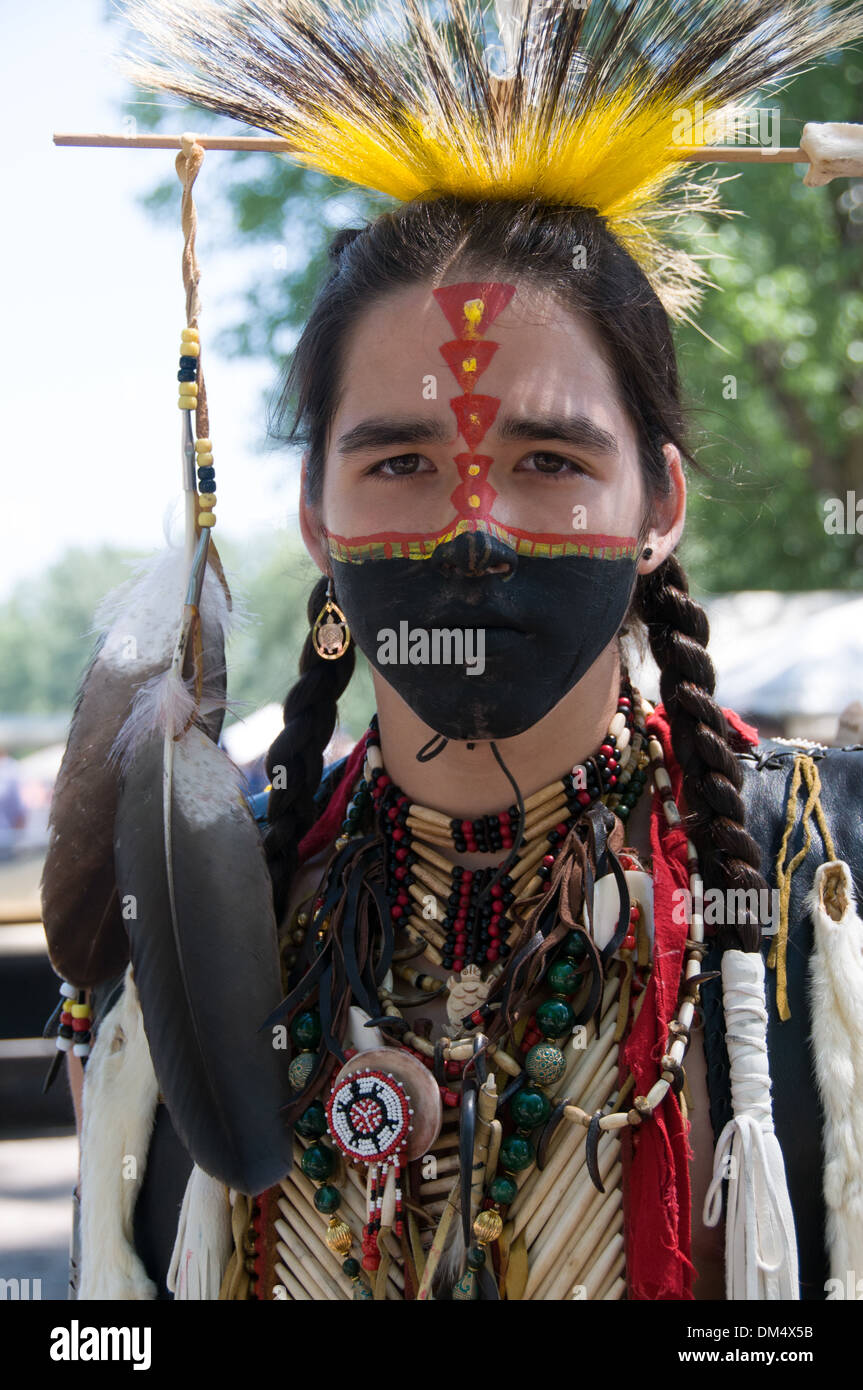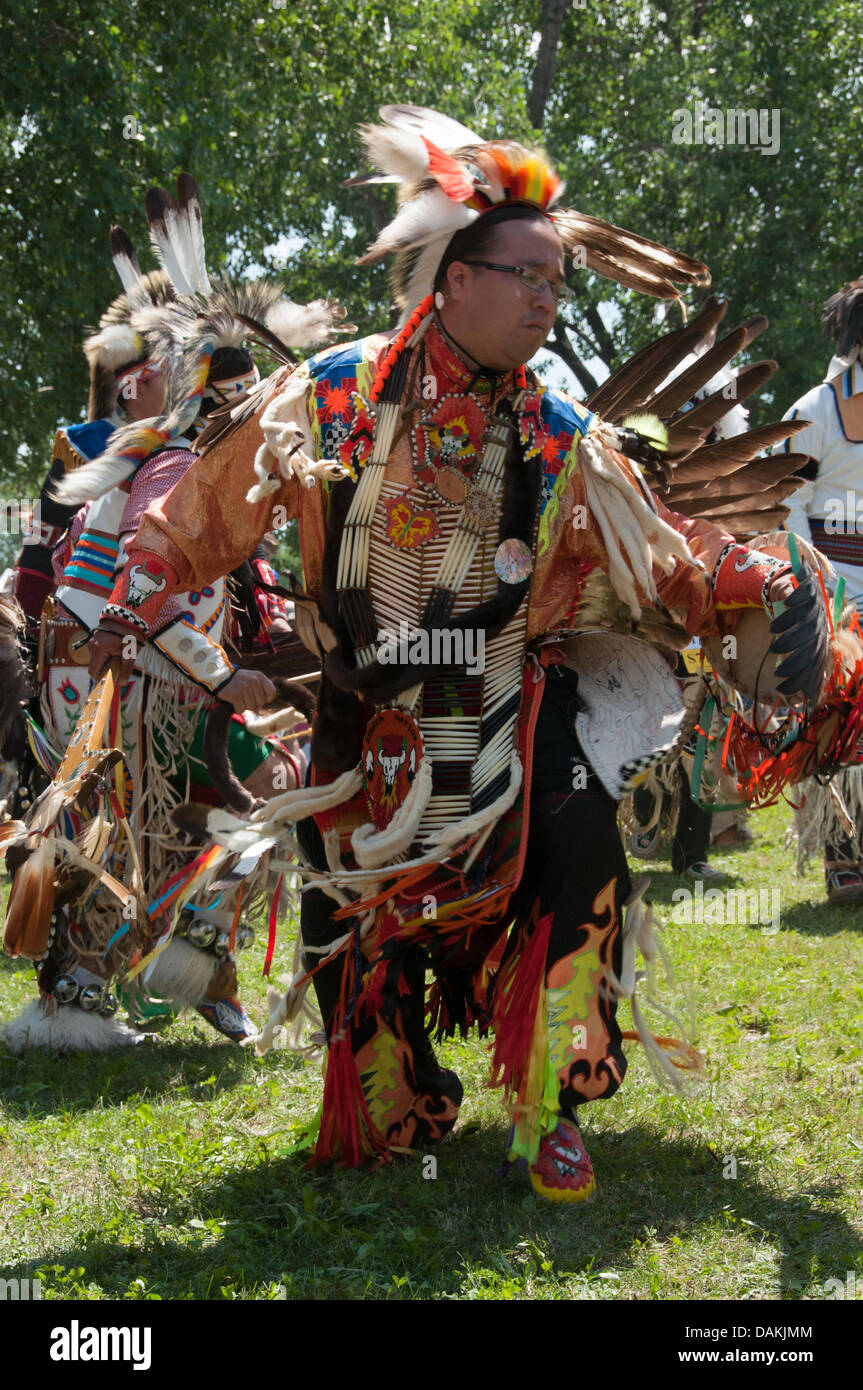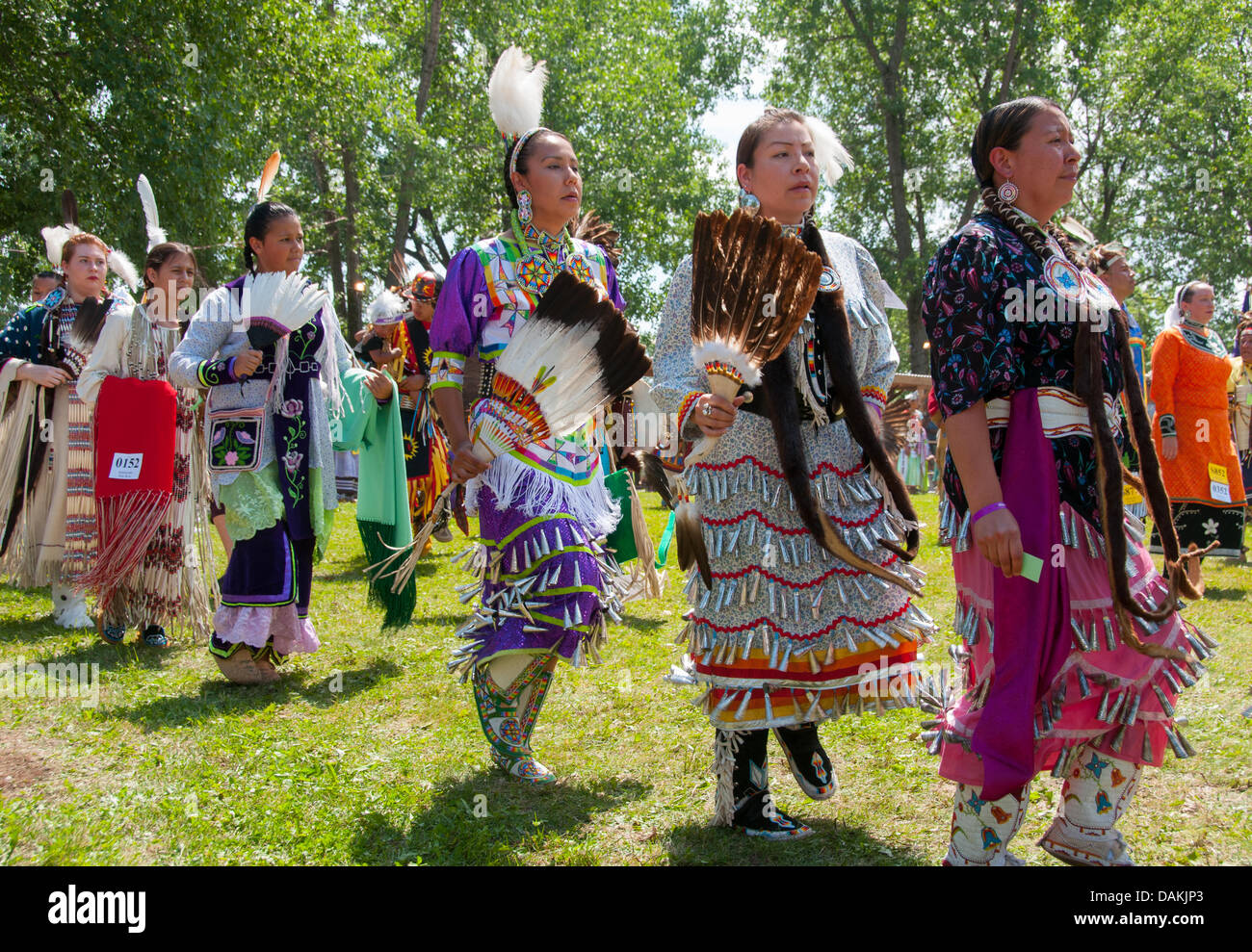
Echoes of Resilience: The Enduring Legacy of Kahnawake Mohawk Traditional Arts
Beyond the bustling metropolis of Montreal, nestled along the St. Lawrence River, lies the vibrant community of Kahnawake. For centuries, this Mohawk territory has been a cultural heartland, a place where the Kanien’kehá:ka (Mohawk people) have meticulously preserved and passionately revitalized their rich artistic heritage. Far from being relics of the past, traditional arts in Kahnawake are living, breathing expressions of identity, history, and an unwavering connection to the land and ancestors. They are the echoes of resilience, weaving the past into the present and charting a path for the future.
The story of Kahnawake’s traditional arts is inextricably linked to the community’s journey through colonization, assimilation efforts, and an inspiring resurgence of cultural pride. For generations, the skills of beading, basketry, wampum making, and other crafts were passed down from elder to youth, often in secret, a quiet defiance against forces that sought to erase Indigenous identity. Today, these arts are openly celebrated, taught in schools, showcased in galleries, and worn with pride at ceremonies and community gatherings. They are not merely decorative objects; they are historical documents, spiritual tools, and powerful symbols of self-determination.

A Kaleidoscope of Beads: The Art of Storytelling
Perhaps one of the most recognizable and vibrant forms of Kahnawake Mohawk art is beadwork. From intricate floral designs adorning regalia to delicate patterns on everyday items, Mohawk beadwork is a testament to meticulous skill and profound symbolism. Originally utilizing natural materials like porcupine quills, shells, and bone, the introduction of glass beads through European trade transformed the art form, opening up new possibilities for color and detail.
“Our beadwork is like a language,” explains a local Kahnawake artist, her fingers deftly manipulating tiny glass beads. “Every stitch, every pattern, every color tells a story. It’s a connection to our grandmothers who kept these designs alive, sometimes in the darkest of times.” Traditional Mohawk beadwork often features curvilinear floral motifs, reflecting a deep respect for the natural world. These designs are not simply decorative; they are often imbued with personal and communal narratives, representing clan affiliations, spiritual beliefs, and significant life events. The lazy stitch, a technique where beads are sewn in short, parallel rows, creating a textured surface, is characteristic of Haudenosaunee (Iroquois) beadwork, including that of the Mohawks. The sheer volume of beads used, often hundreds of thousands for a single piece of regalia, speaks to the immense dedication and patience required.
The Sweet Scent of Tradition: Kahnawake Basketry
Another cornerstone of Kahnawake Mohawk artistry is basketry, particularly those crafted from sweetgrass and black ash splints. This art form is predominantly practiced by women and holds immense cultural and spiritual significance. Sweetgrass (Wīkwasha), known for its distinct, comforting aroma, is considered a sacred plant, used in ceremonies for purification and prayer. Its pliable nature makes it ideal for weaving into intricate coils and braids.
The process of creating a sweetgrass basket is deeply connected to the land and the changing seasons. Gathering the sweetgrass, typically in late summer, involves careful selection and respect for the plant. The grass is then dried, braided, and meticulously coiled, often incorporating dyed splints of black ash for decorative patterns. Black ash trees themselves are a vital component; the arduous process of pounding the logs to separate the growth rings into thin, strong splints is a skill passed down through generations.
“Making a basket is a meditative process, a connection to the earth and to my ancestors,” shares an elder basket maker, her hands calloused from years of work. “You can feel the spirit of the sweetgrass, the strength of the ash. Each basket holds a piece of me, a piece of our land.” These baskets serve various purposes, from practical storage to ceremonial use, and are highly prized for their beauty, durability, and the spiritual energy they embody. The vulnerability of black ash trees to the emerald ash borer beetle poses a significant threat, prompting Kahnawake artists and community leaders to seek sustainable harvesting practices and explore alternative materials, all while preserving the knowledge of traditional techniques.
Wampum: The Belts of History and Diplomacy

Perhaps the most historically significant and symbolically profound art form among the Haudenosaunee, including the Mohawks, is wampum. More than mere ornamentation, wampum belts were critical instruments of diplomacy, historical record-keeping, and spiritual expression. Crafted from the purple and white shells of quahog clams and whelk shells, these beads were meticulously shaped, polished, and strung onto deer hide or plant fibers to form intricate patterns and symbols.
Each wampum belt tells a specific story or records a particular event, agreement, or law. The Two Row Wampum Belt (Guswenta), for instance, is a foundational Haudenosaunee diplomatic agreement, symbolizing a perpetual friendship and respect between Indigenous nations and European newcomers, where each travels in their own vessel (one a canoe, one a ship) down the river of life, without interfering with the other. The purple beads often represent serious matters, war, or the land, while the white beads signify peace, purity, and good intentions.
The knowledge of wampum making nearly disappeared during periods of intense colonial pressure, but Kahnawake, along with other Haudenosaunee communities, has seen a powerful revitalization. Artists are relearning the arduous process of shaping and drilling the shells, understanding the complex symbolism, and educating new generations on the historical and contemporary relevance of these sacred belts. “Wampum is our history book, our constitution,” states a Kahnawake cultural educator. “It reminds us of who we are, our agreements with others, and our responsibilities to the land and to future generations. To make wampum is to hold history in your hands.”
Regalia and Traditional Clothing: Woven Identity
Traditional Mohawk regalia and clothing are a magnificent fusion of various art forms – beadwork, quillwork, leatherwork, and textile design. Worn during ceremonies, social dances, and powwows, these garments are not simply costumes but deeply meaningful expressions of individual and collective identity. They often feature intricate designs that reflect clan animals (Bear, Wolf, Turtle), personal spiritual journeys, or ancestral connections.
Materials range from deer hide and broadcloth to intricate ribbon work and beadwork that covers large surfaces. Feathers, particularly eagle feathers, hold immense spiritual significance and are carefully incorporated into headdresses and other adornments. The creation of a full set of regalia is a monumental undertaking, requiring years of dedication and skill, often involving collaboration among family members. Each piece is unique, reflecting the wearer’s personal journey and the continuity of Mohawk cultural aesthetics.
The Living Traditions: Oral Arts and Storytelling
While often focused on tangible objects, Kahnawake Mohawk traditional arts extend far beyond the physical. Oral traditions, storytelling, songs, and dances are equally vital forms of artistic expression and cultural transmission. These narrative arts weave together history, cosmology, morality, and practical knowledge, providing the context and meaning for the visual arts.
A beaded design might depict a character from a traditional story, or a basket’s pattern might symbolize a teaching passed down through generations. The act of creation itself is often accompanied by storytelling, sharing of knowledge, and singing. This holistic approach ensures that the spiritual and historical context of the art is never lost. “Our stories are the threads that connect all our art forms,” says a Mohawk storyteller. “They give meaning to the beads, the baskets, the wampum. Without the stories, the art is just beautiful; with them, it is alive.”
Preservation, Revitalization, and the Future
The journey of Kahnawake Mohawk traditional arts has not been without its challenges. The availability of traditional materials, particularly black ash for baskets, is a growing concern due to environmental threats. The time-intensive nature of many crafts means that artists must balance their passion with economic realities. Perhaps most importantly, there’s the ongoing battle against cultural appropriation, where Indigenous designs are used without permission, understanding, or respect, often commodified by non-Indigenous entities.
Despite these hurdles, Kahnawake is at the forefront of a powerful cultural revitalization movement. Community initiatives, such as the Kanien’kehá:ka Onkwawén:na Raotitióhkwa Cultural Center, play a pivotal role in teaching traditional skills, preserving historical artifacts, and fostering new generations of artists. Workshops, mentorship programs, and cultural festivals ensure that the knowledge and techniques are passed down. Young artists are not only mastering traditional forms but also innovating, blending ancient techniques with contemporary aesthetics, creating new expressions that remain rooted in Mohawk identity.
“Our art is our strength, our way of asserting who we are in the world,” states a Kahnawake community leader. “It’s a powerful tool for healing, for education, and for self-determination. When we create, we are not just making beautiful things; we are reaffirming our presence, our history, and our future as Kanien’kehá:ka.”
The enduring legacy of Kahnawake Mohawk traditional arts is a testament to the resilience, creativity, and profound cultural pride of its people. Each bead, each weave, each meticulously crafted piece carries the spirit of generations, a vibrant and continuous dialogue between the past, present, and future. These arts are not static museum pieces but living traditions, constantly evolving while remaining deeply rooted in the rich soil of Kahnawake, ensuring that the echoes of their ancestors resonate for centuries to come.


